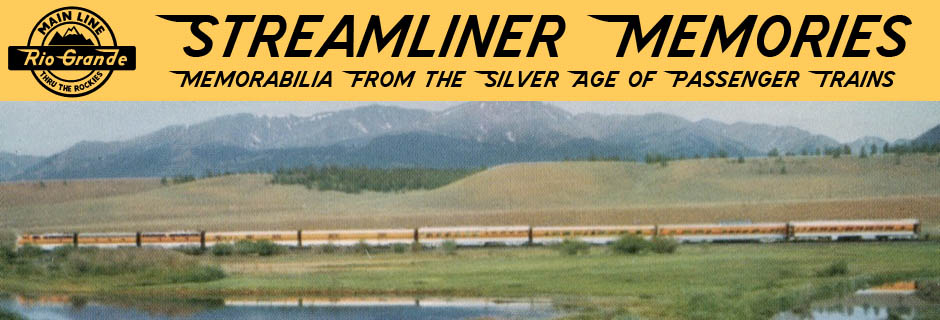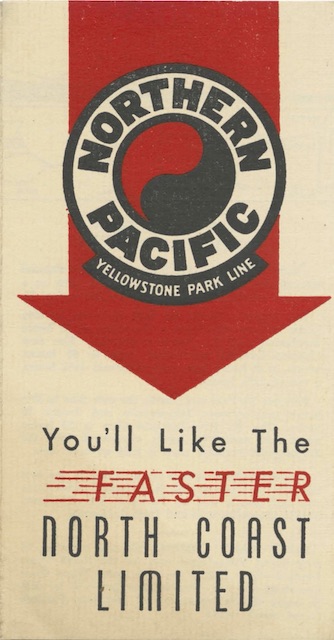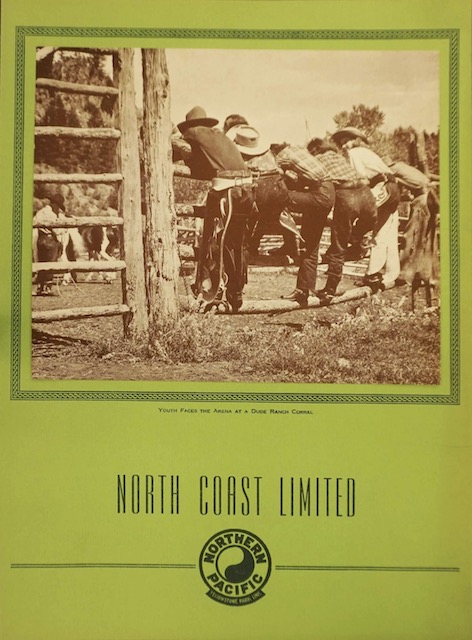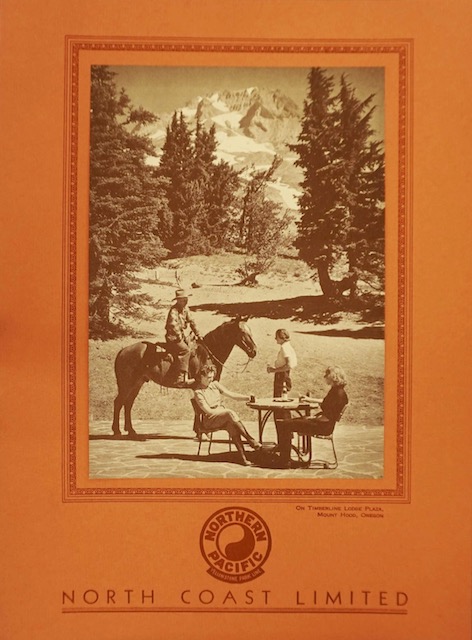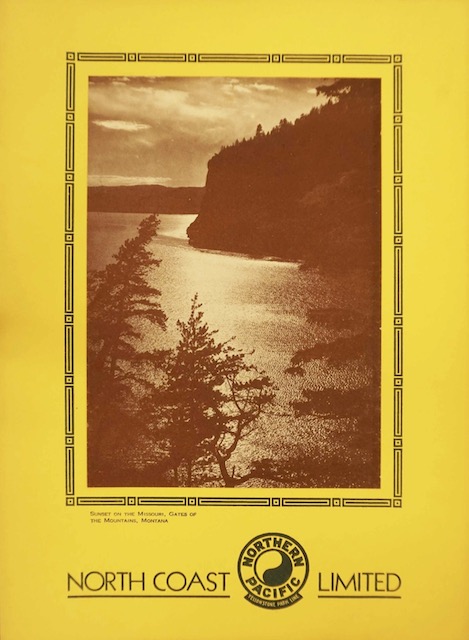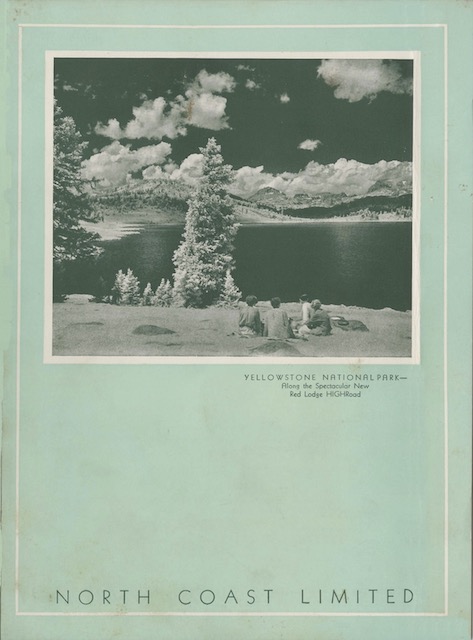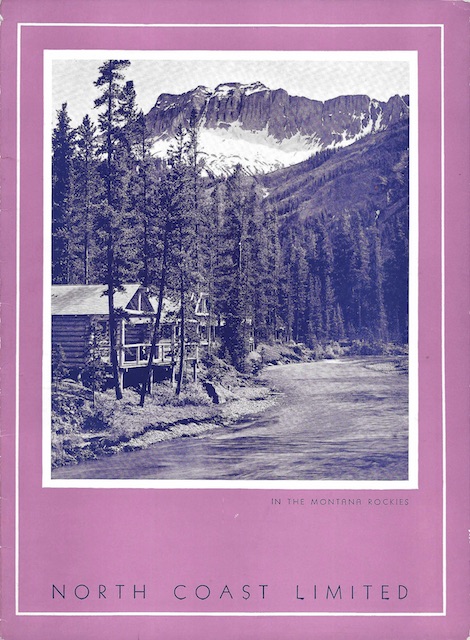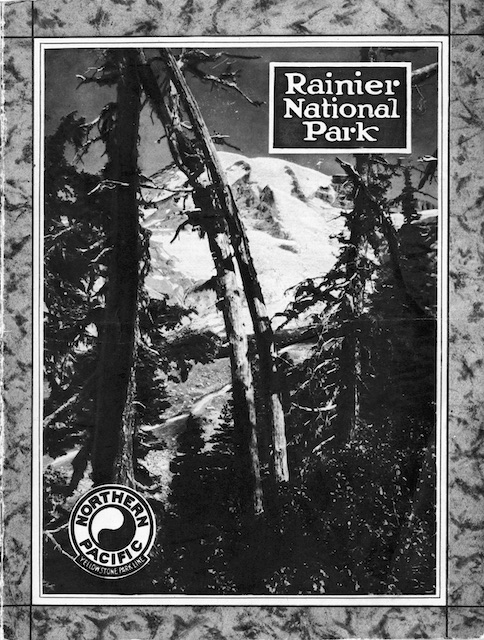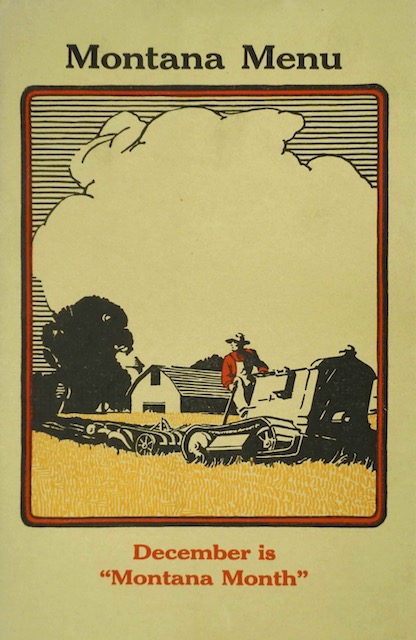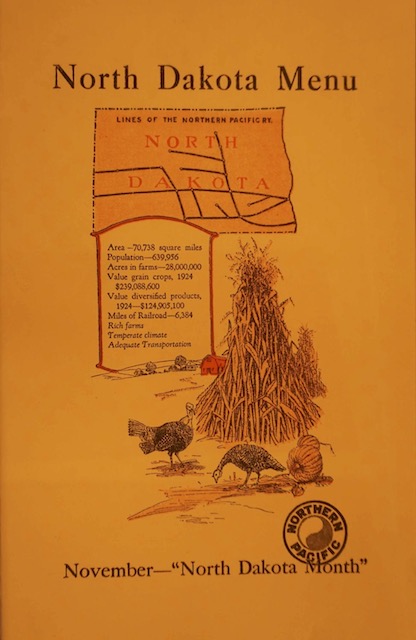The Colorado & Southern Railway, which published this booklet in 1905, was a strange combination of a standard-gauge railroad trending north-south from Cheyenne, Wyoming to the Texas border and some narrow-gauge railroads trending east-west into the Colorado Rockies. The north-south portion from Cheyenne to Denver was known as the Union Pacific, Denver & Gulf and as the name suggests was controlled by UP. The portion from Denver south was the Denver & New Orleans, also controlled by UP. One of the lines into the mountains was the Denver, Leadville & Gunnison, controlled by, you guessed it, Union Pacific.
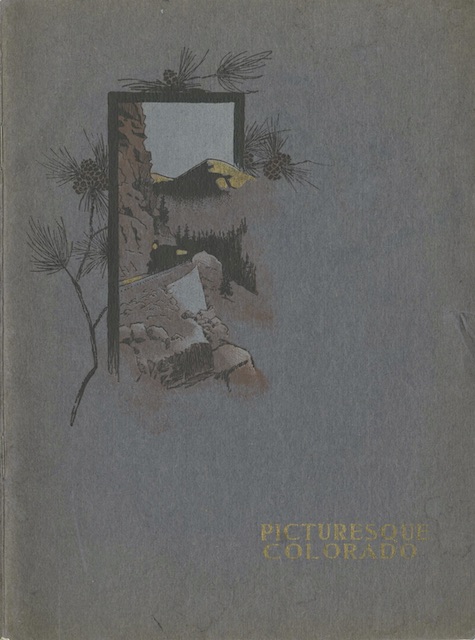 Click image to download a 13.8-MB PDF of this 44-page booklet.
Click image to download a 13.8-MB PDF of this 44-page booklet.
When Union Pacific went bankrupt in the panic of 1893, a Denver businessman named Frank Trumbull managed to get himself appointed to be the receiver for these subsidiaries. He then maneuvered to have the bondholders sell the railroads to the Colorado & Southern, a company he chartered in 1898. Naturally, he became president of the C&S and quickly acquired several other narrow-gauge lines into the mountains as well as the Fort Worth & Denver, which connected with the C&S at the Texas border and continued to Fort Worth, Dallas, and Abilene. Continue reading
